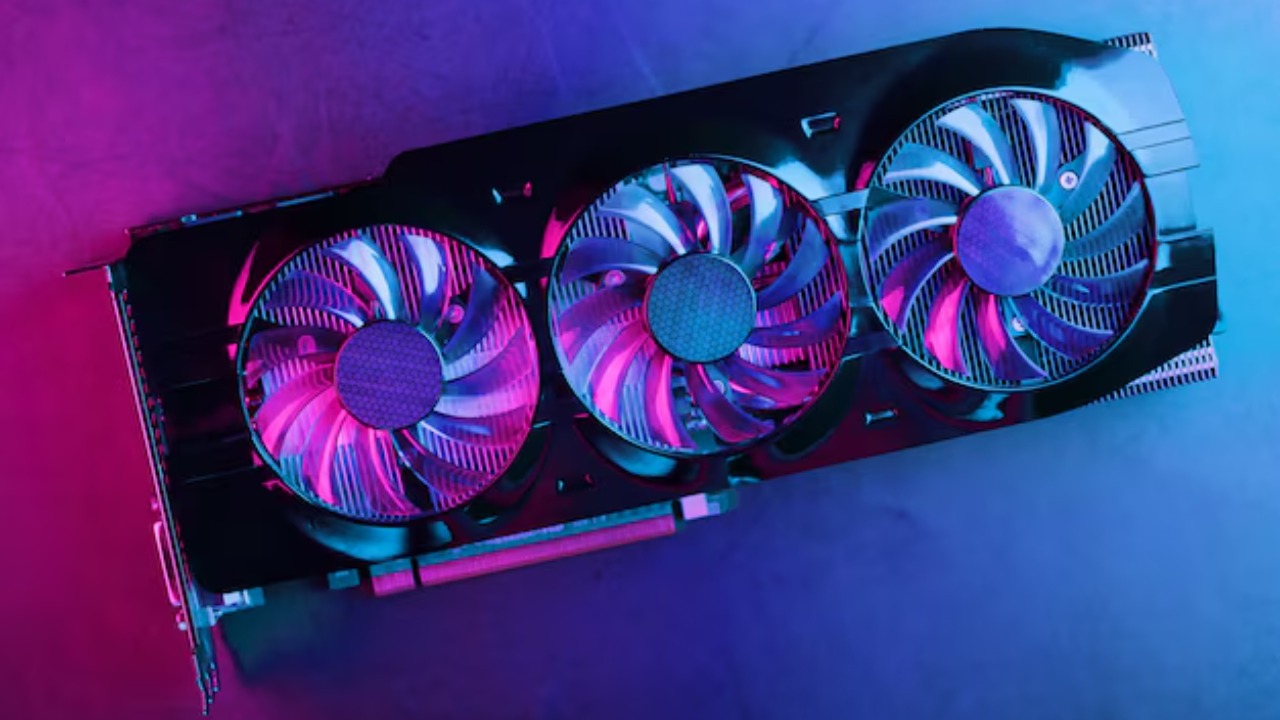
Graphics cards have come a long way, but not all of them have hit the mark. Some models, despite their promises, failed to deliver the performance and reliability enthusiasts expected. From major brands to lesser-known names, these cards left much to be desired. Here’s a look at ten of the worst graphics cards ever released.
1) Nvidia GeForce FX 5200
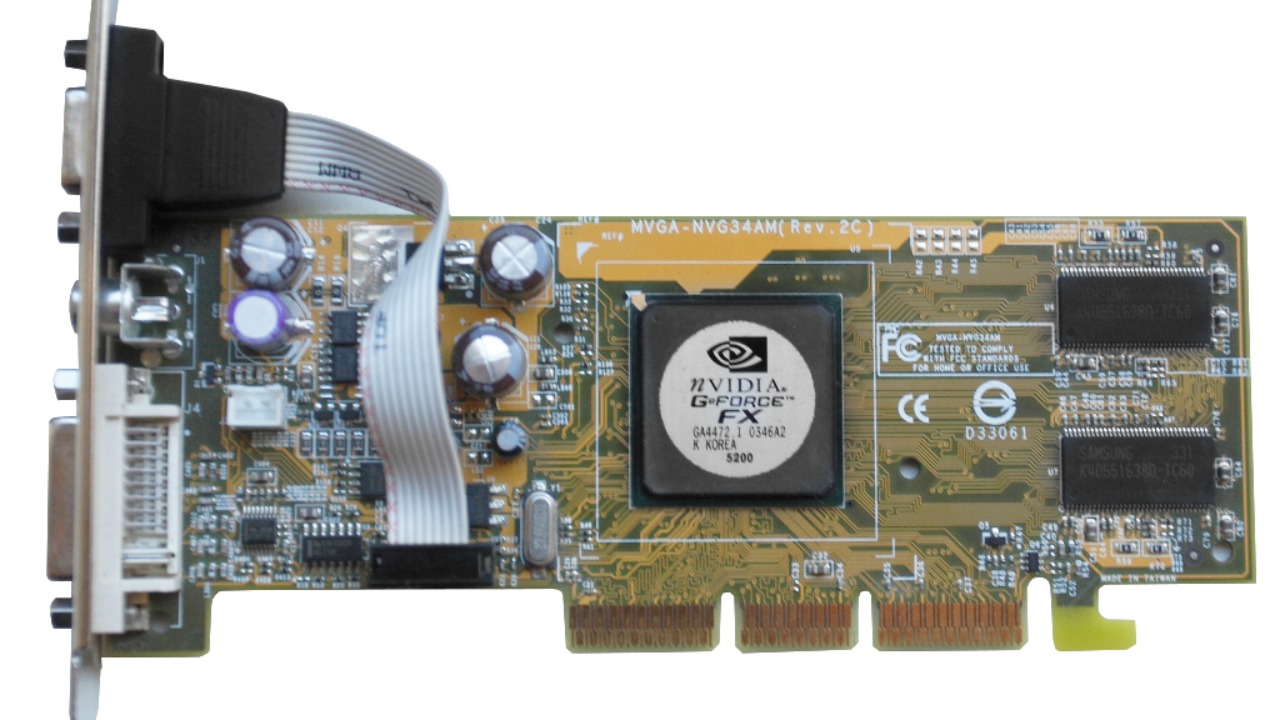
The Nvidia GeForce FX 5200 promised DirectX 9 support at an affordable price. However, its performance was abysmal, struggling with even the simplest of games at the time. The card’s architecture was not well-suited for the demands of new software, leading to disappointing results. Many gamers found themselves frustrated with its inability to maintain playable frame rates.
2) ATI Rage Fury Maxx
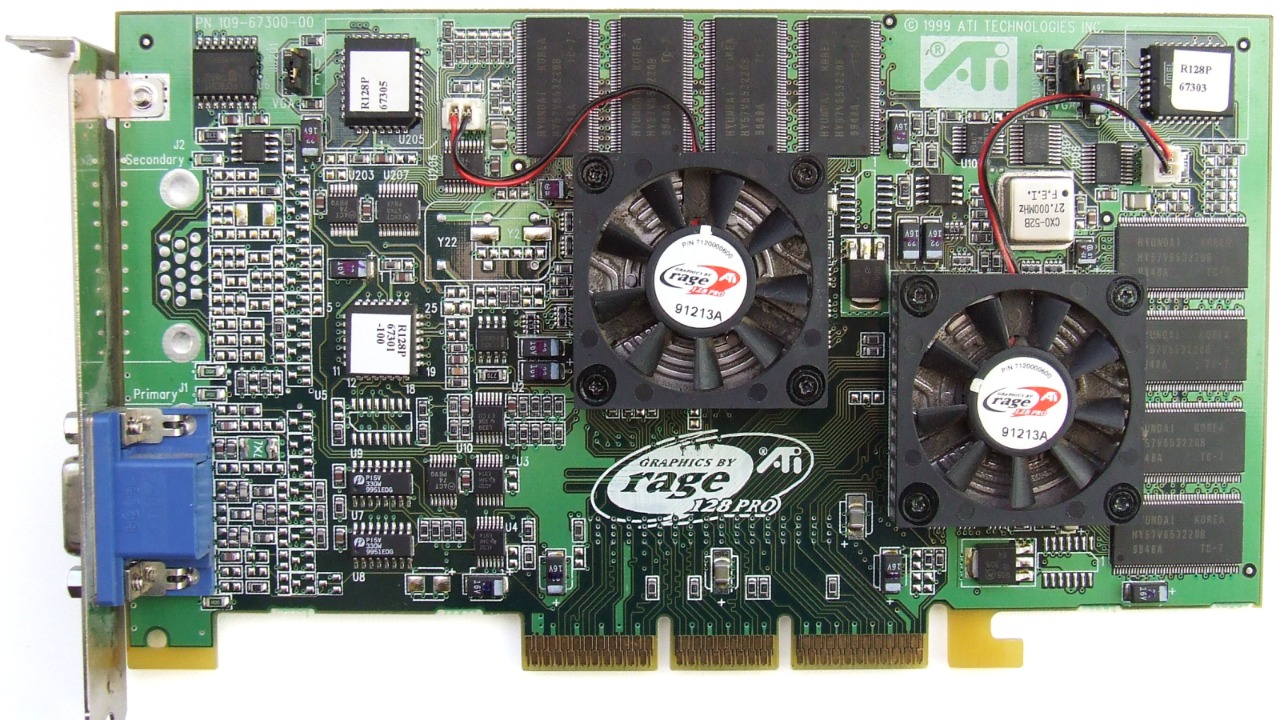
The ATI Rage Fury Maxx was an ambitious attempt at dual-GPU technology, but it suffered from compatibility issues and a lack of proper driver support. Its performance gains were minimal at best, often falling short of expectations. This card was more of a technical curiosity than a viable solution for gamers looking for a performance boost.
3) Intel GMA 950

The Intel GMA 950 was a common integrated graphics option for many budget computers, but its performance was severely lacking. It struggled with 3D graphics and offered limited support for modern games. The card might have been sufficient for basic tasks, but it was far from suitable for any serious gaming endeavors.
4) Nvidia GeForce 4 MX
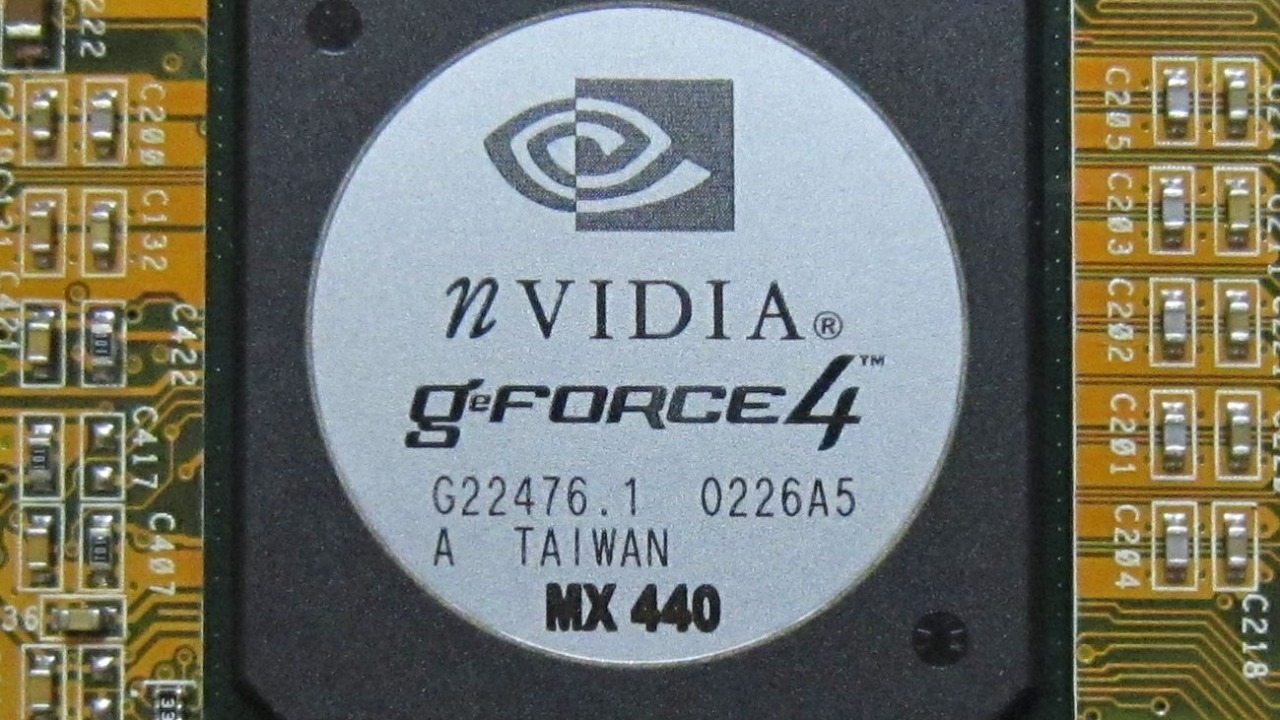
The Nvidia GeForce 4 MX was marketed as part of the GeForce 4 series, but it was based on the older GeForce 2 architecture. This resulted in limited features and poor performance compared to its contemporaries. Gamers looking for a true GeForce 4 experience were sorely disappointed by its capabilities.
5) S3 Chrome 430 GT

The S3 Chrome 430 GT aimed to compete with low-end cards from Nvidia and ATI, but it fell short in almost every aspect. Performance was lackluster, and driver support was inconsistent. The card couldn’t keep up with the demands of modern software, making it a poor choice for anyone seeking reliable graphics performance.
6) Matrox Parhelia
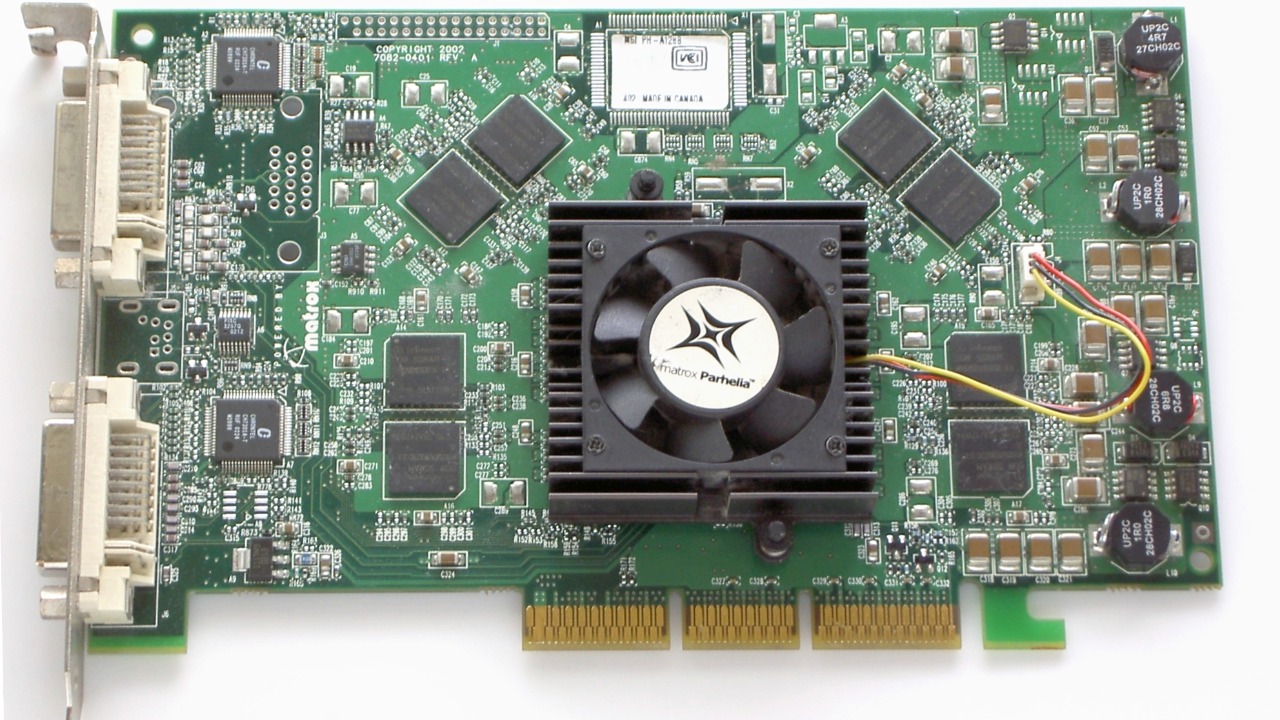
The Matrox Parhelia was a high-end graphics card that failed to live up to its price tag. Despite its innovative triple-monitor support, the card’s overall performance was underwhelming. It couldn’t compete with similarly priced options from Nvidia and ATI, making it a difficult sell for consumers looking for power and value.
7) Nvidia GeForce 210
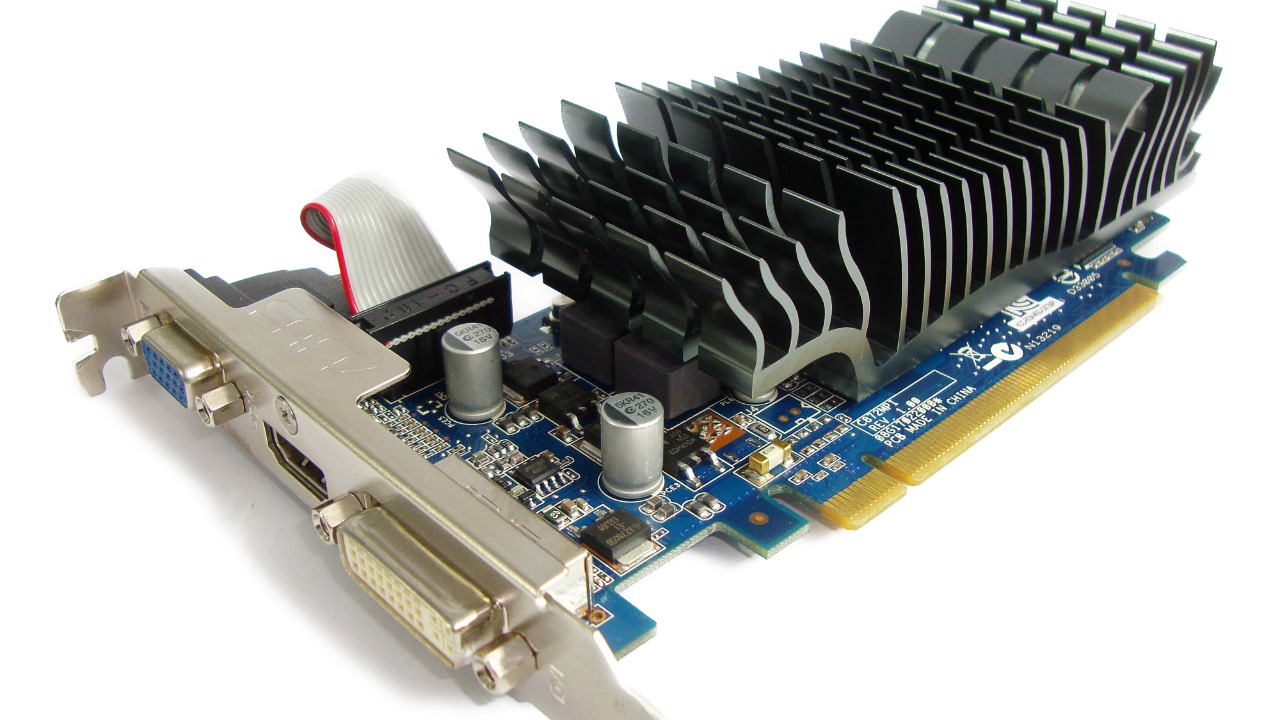
The Nvidia GeForce 210 was an entry-level card that disappointed with its minimal performance improvements over integrated graphics. It offered basic functionality but lacked the power needed for gaming or demanding applications. For those seeking an upgrade, the GeForce 210 didn’t provide enough incentive.
8) ATI Radeon HD 2400 Pro

The ATI Radeon HD 2400 Pro was part of a series meant to bring DirectX 10 support to budget-conscious consumers. Unfortunately, its performance was too weak to handle the very features it promised to support. Gamers found it lacking in power, leading to frustration and disappointment.
9) SiS 315
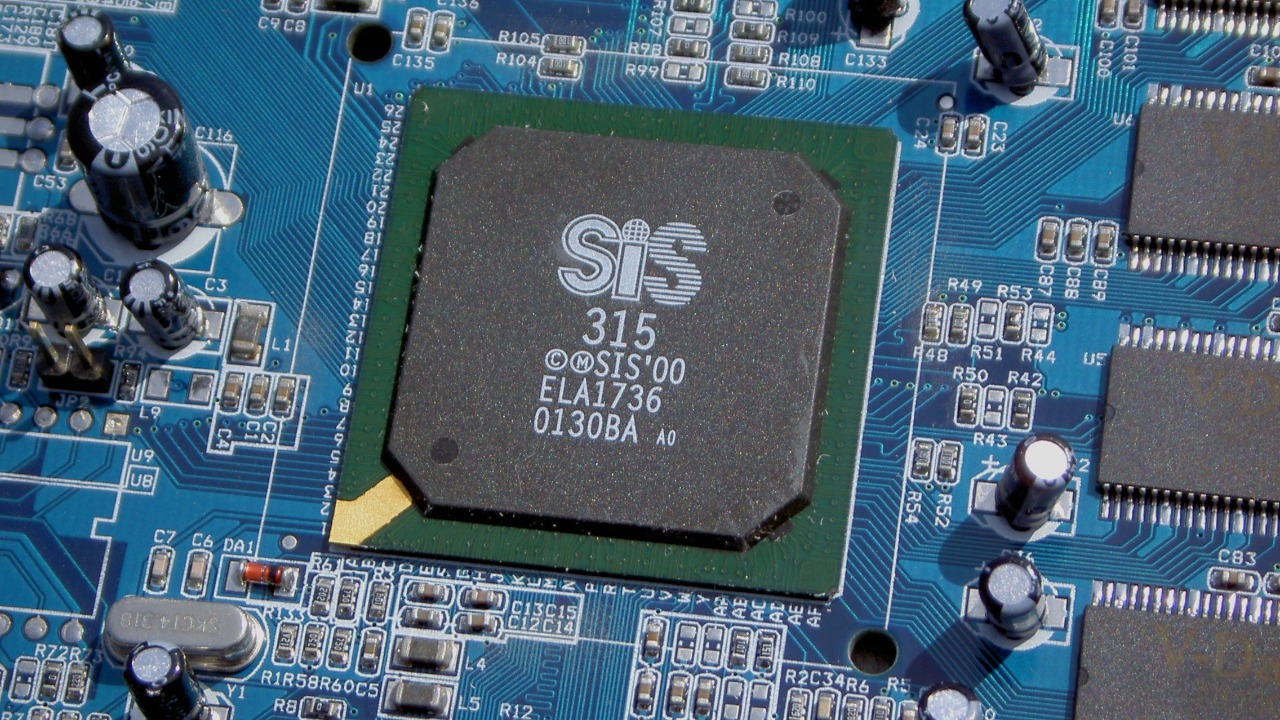
The SiS 315 was an option that failed to make a significant impact in the market. Its poor performance and lack of driver support rendered it nearly unusable for any serious graphics tasks. Discussions on forums like Reddit often cite the SiS 315 as one of the worst GPU options available.
10) PowerVR Kyro II
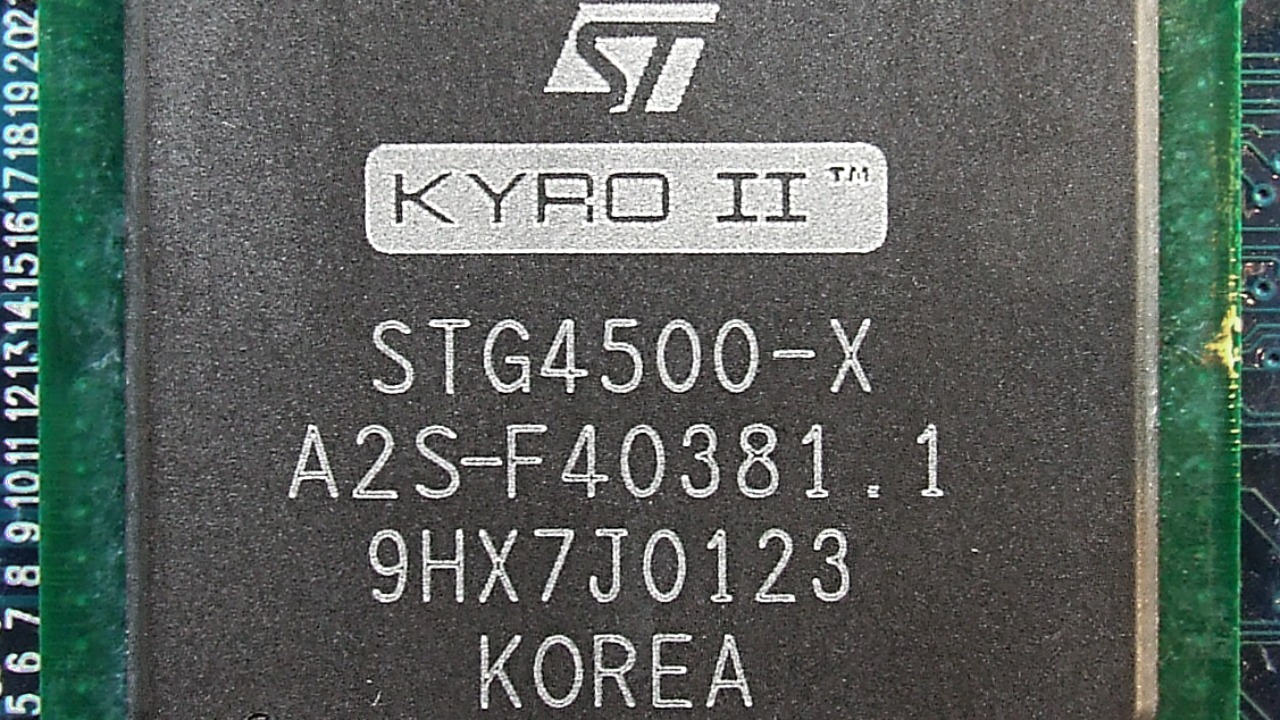
The PowerVR Kyro II was a unique approach to graphics processing, using tile-based rendering. However, its potential was never realized due to poor software support and competition from more robust cards. Despite its innovative approach, the card was ultimately a commercial failure. For more insights into tile-based rendering, check out this IEEE paper on the topic.